|
by Rachel Bruce Johnson I have known Rachel Workman for many years now. I knew her when she was walking out of a very abusive relationship. I have watched her crumble and I have read every late-night text, spilling over with grief, turmoil, and determination. I have also seen her claw her way to standing. She stared an impossibly hard situation in the face, and with vast courage and strength, chose to sojourn with God through creativity to find the path to restoration and healing. I am incredibly honored to know her, a Joan of Arc, crusading for her own restoration and for the restoration of her children. She is soldiering, though she shouldn't have to, as every Warrior Woman. She is one of the bravest women I know. This is not to say she has not felt defeated or bludgeoned or undone, but in her darkest moments, she turns her face toward hope and steps back into the crusade. And because she is an artist, I am fascinated at the ways in which art and beauty have played a part in her healing process, a fact I hope I do justice to feature here at Fire and Mud. You can read more about her and her diverse education on her website: www.greaterthingstocome.com Why don't you situate us in the place where these art pieces came to be?
ASHES INTO ART: THE RADIANT COLLECTIVEYou create art from delicate, empty, painted eggshells. They are simultaneously beautiful and sorrowful. They speak of untethered purpose in the emptiness of the shells as well as a repurpose in their new watercolor hues. Tell me about the moment the eggshell became a canvas for you? I started thinking more organically about art and wanted to break free from the traditional expression on canvas or paper. I was inspired by combining the feeling so many victim-survivors have when they leave an abusive relationship - that is ... I will never again walk on eggshells for anyone ever again. That resolve led me to consider the organic material of the eggshells. I can see your intention in these pieces. I also see a clear message of something broken being treated with intentional care to create something new; a “beauty from ashes” moment, to reference Biblical imagery. What has informed your need to create these specific pieces? I wanted to capture the embodiment of victim-survivor's stories. Often their stories reflect a season of great crushing underscored by the beauty and the grit of the journey to restoration and healing. To me, watercolors are a medium that speaks freedom. I wanted that element to come through as the colors flow into one another with such grace and depth.
Though I have only observed from a distance, I have noticed this strengthening process you have chosen to meet head on. I watch in awe as you courageously walk the journey, gaining resilience with every step. Not only are you more beautiful in your courage, but I have watched you selflessly build other women up who needed your strength while they fortified their own. You have also created some black and white ink drawn versions, as well as and some mosaics with smaller shell fragments, correct? Tell me about those versions. The black and white pieces are bold and stark. They are an expression of deep reconciling of contrast. What once was, what is right now, and the potential for what can be in the future. The mosaic is symbolic of the remnants collected, arranged, and in the stage of "becoming." Not everything has to be in a state of wholeness to be experiencing revitalization, healing, restoration. It's an "in progress" work where one can see that the fragments really can come together into something possibly more beautiful than its original whole. And it's a reminder, an invitation to accept that departure from one's expectations and strivings for intactness.... that sometimes it's in the surrender to the breaking that we have the FREEDOM to become...more. RESTORED. How difficult is it to work with such delicate materials? Working with fragile eggshells is challenging as it requires delicate techniques. Eggshells are very porous material so when laying down paint it requires restraint and strategic efforts to accomplish what might have easily been achieved with canvas or paper. Much like the healing journey it has required adapting, evolving, and growing in unexpected ways.
Thank you, Rachel, for spending some time to speak a bit about your journey and the artwork you have created. You can find pieces for purchase at Radiant Collective: https://www.greaterthingstocome.com/radiant-collective And if you need family court coaching services, you will find more in-depth information on Rachel’s website, Greater Things To Come: https://www.greaterthingstocome.com/life-coaching
Often uncomfortable and disquieting, feeling upside down can have its advantages. One is that it can uncover potential elements of the heart that need dislodging and to be swept away. PC: unknown
“God isn’t trying to interfere with our sexuality. He is, rather, pulling people out of prisons and into freedom, out of deception into truth, out of illusions and into reality. He has all intel and knows what is best for us and what creates human flourishing. His ways will bring peace, joy, and love. He opposes the disintegration that comes with disparities between mind and body.” Brandon McGuire Paraphrased from commentary by Brandon McGuire @ Daily Dose of Wisdom on YouTube: https://youtu.be/m-mYqTKTFYU?si=IcjxvN2FIOIKoLrE photo credit: Maranda Blumenthal, dancer: Rachel Bruce Johnson, She Drew A Picture of a Whale, Exchange Dance Festival 2009
More and more I hear that love is the ultimate goal yet it is reserved for a selected few. More and more there are shouts of tolerance yet they grow louder and louder until those shouts become screams for silence. Hurts become demands; pain begets pain. Claims of compassion and self-righteousness backbite and kick against the goads, making all hypocrites. There is only so much one can do when others hearts turns to stone. *image found some place on Facebook
|
photo by Jeanne S. Mam-Luft
AuthorI'm a Christ-follower, passionate about moving in truth/love and intellectual rigor through all things faith + art. A professional Dance Artist and fancying myself an amateur Christian Apologist, I’m committed to moving in the liminal space between catastrophic reverence of God and a quaking humility that intentionally keeps the tremors of Grace close at hand. Archives
April 2024
Categories |

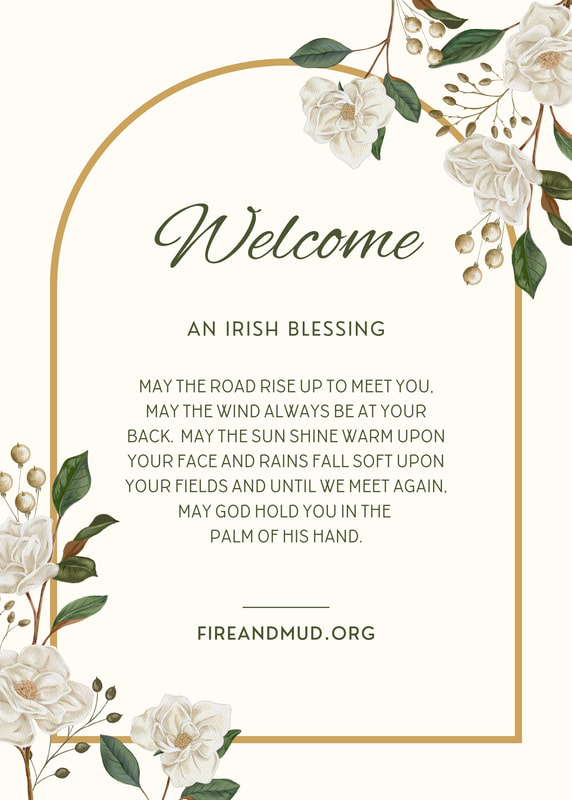
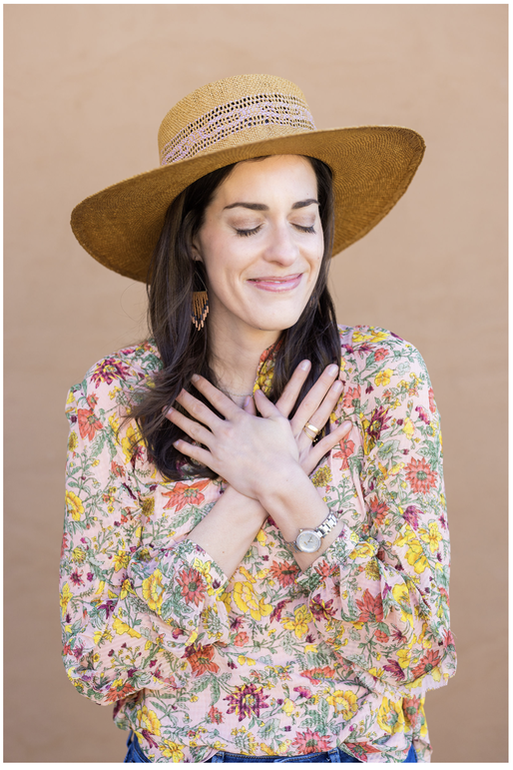
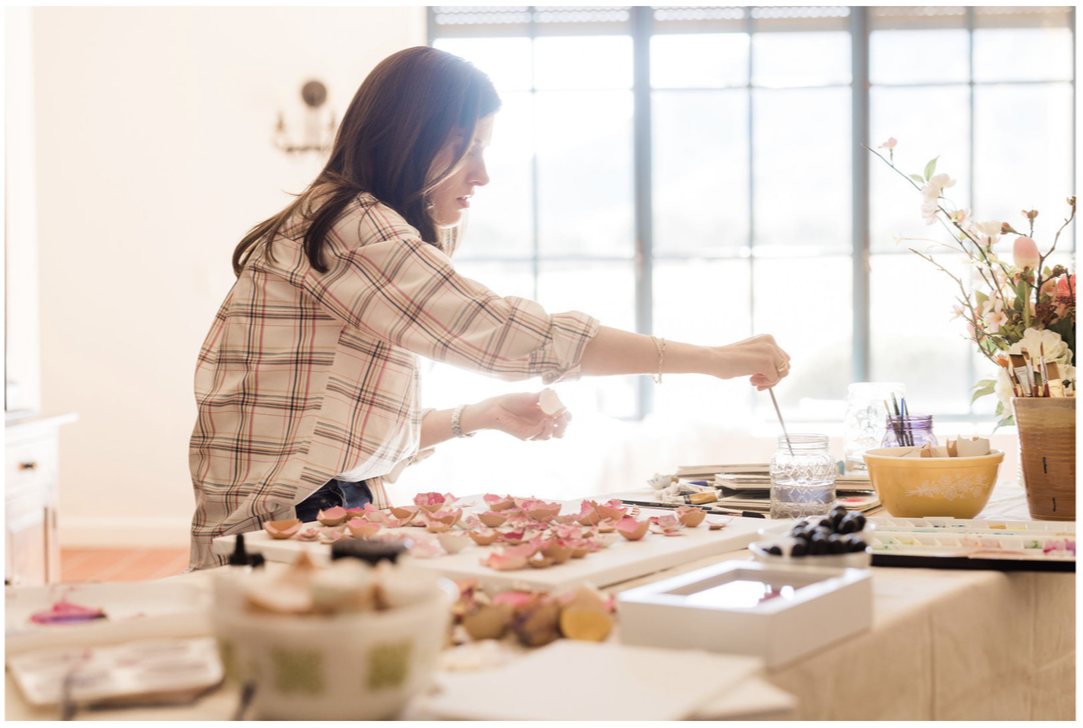
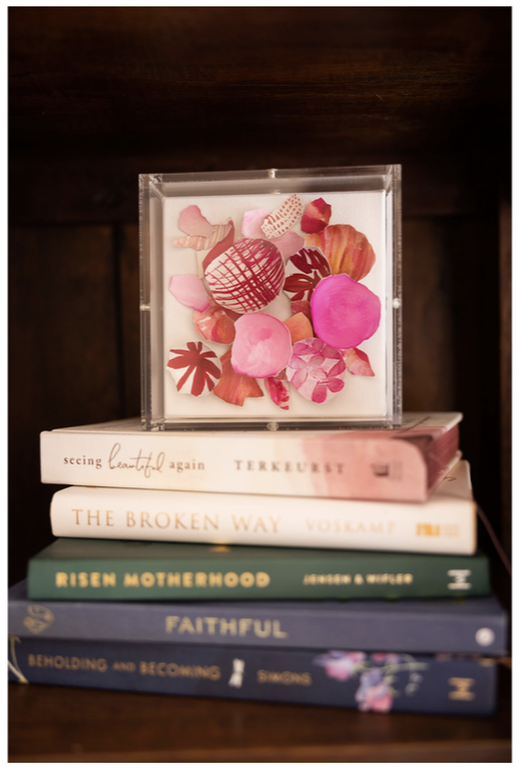
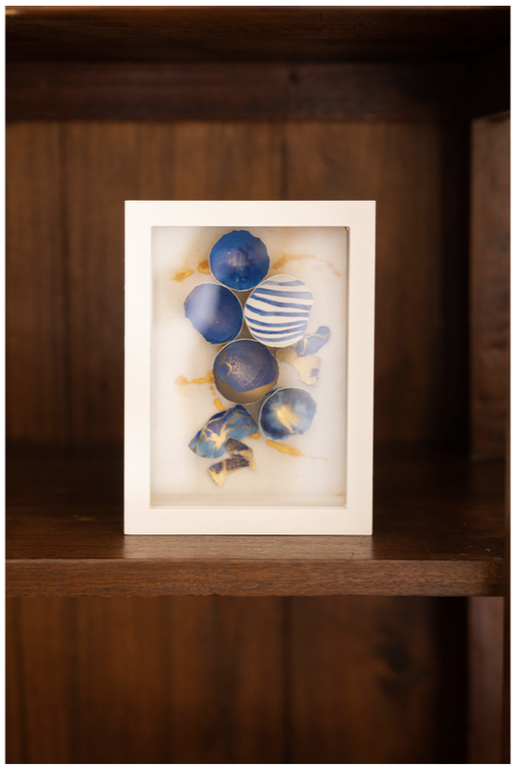

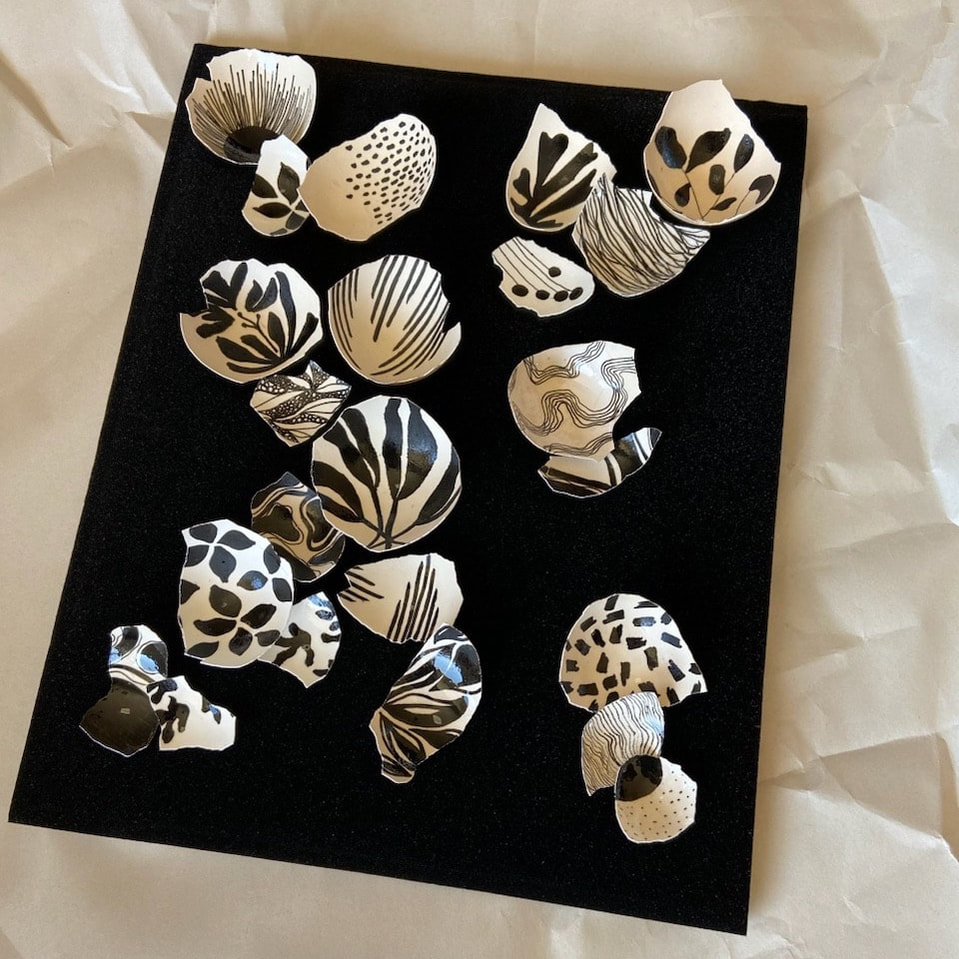
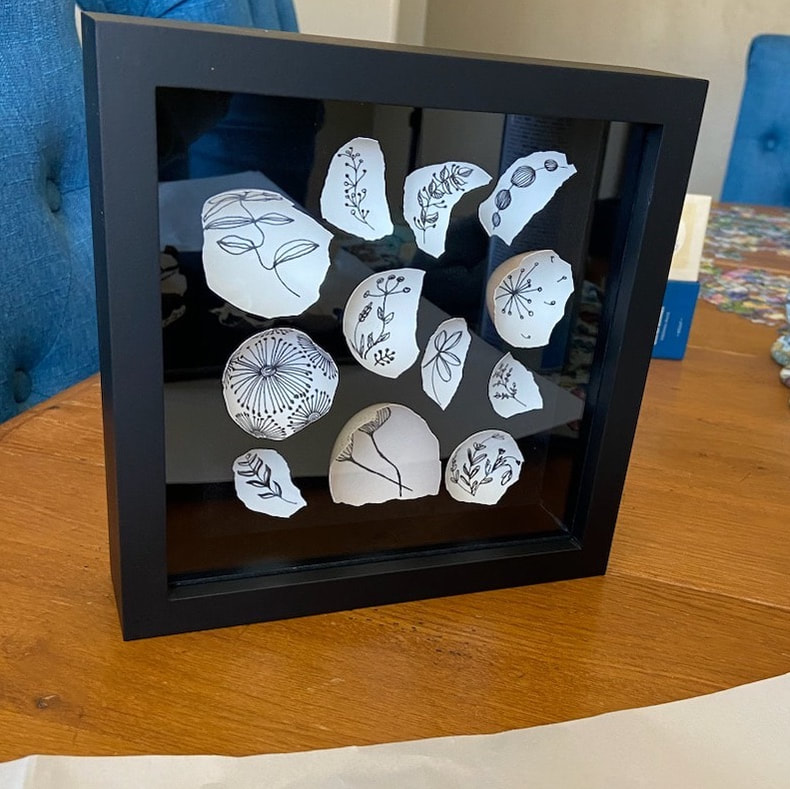
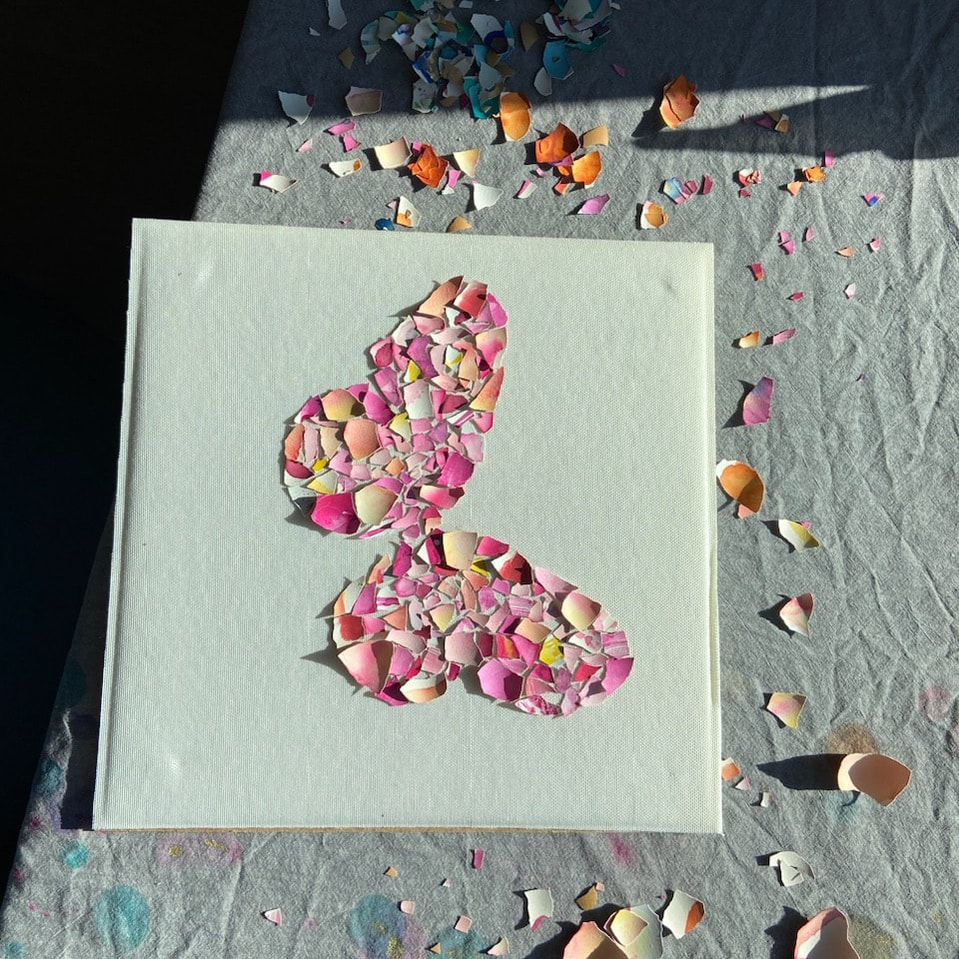
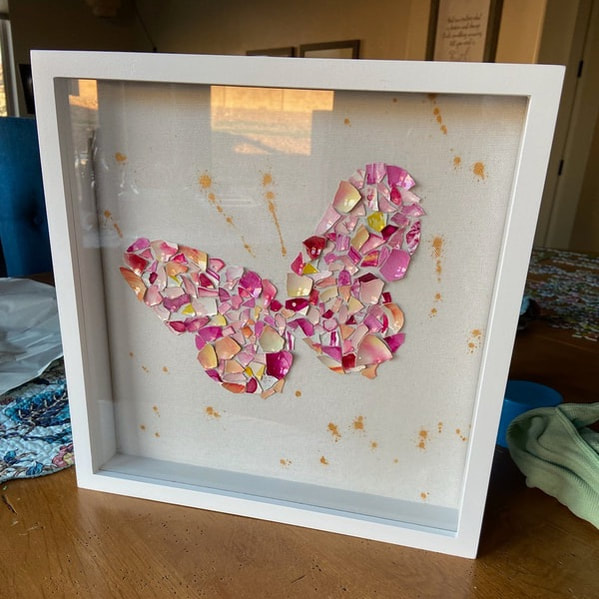

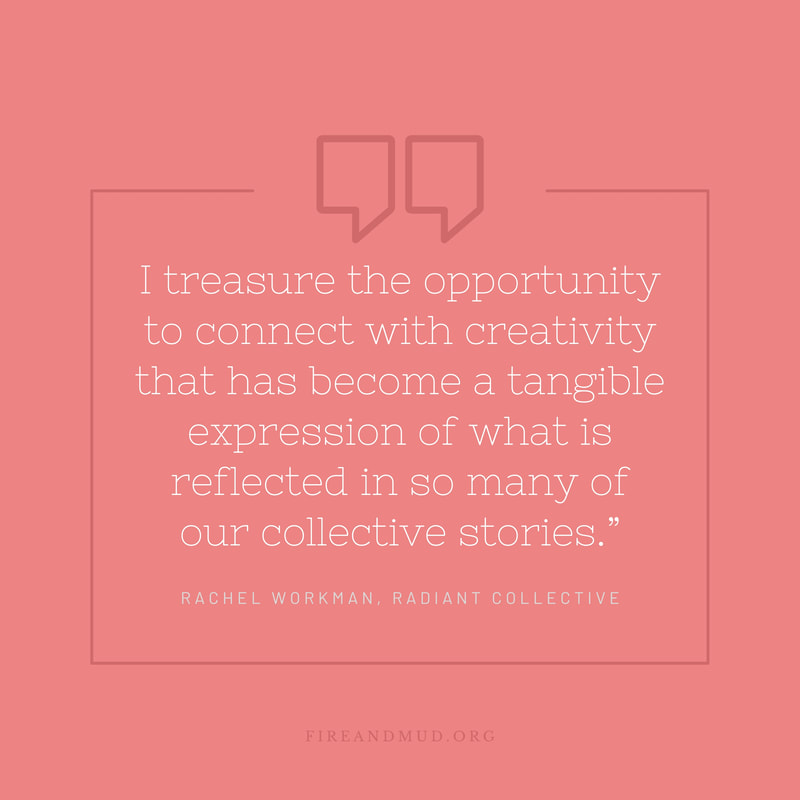
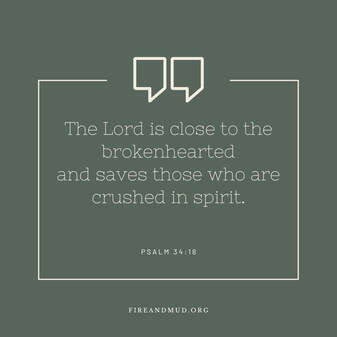
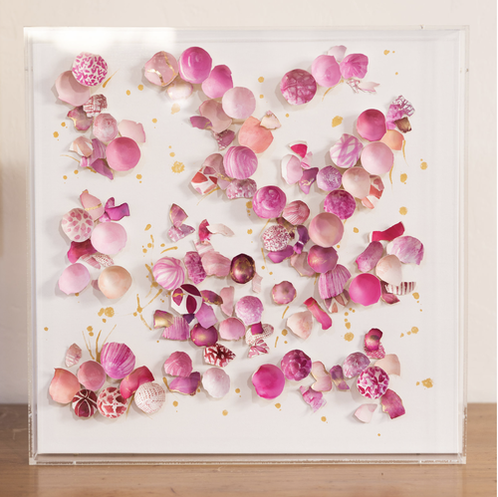
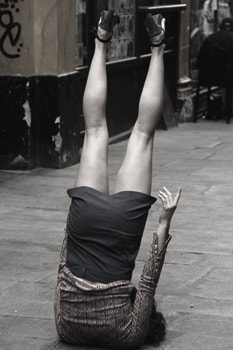
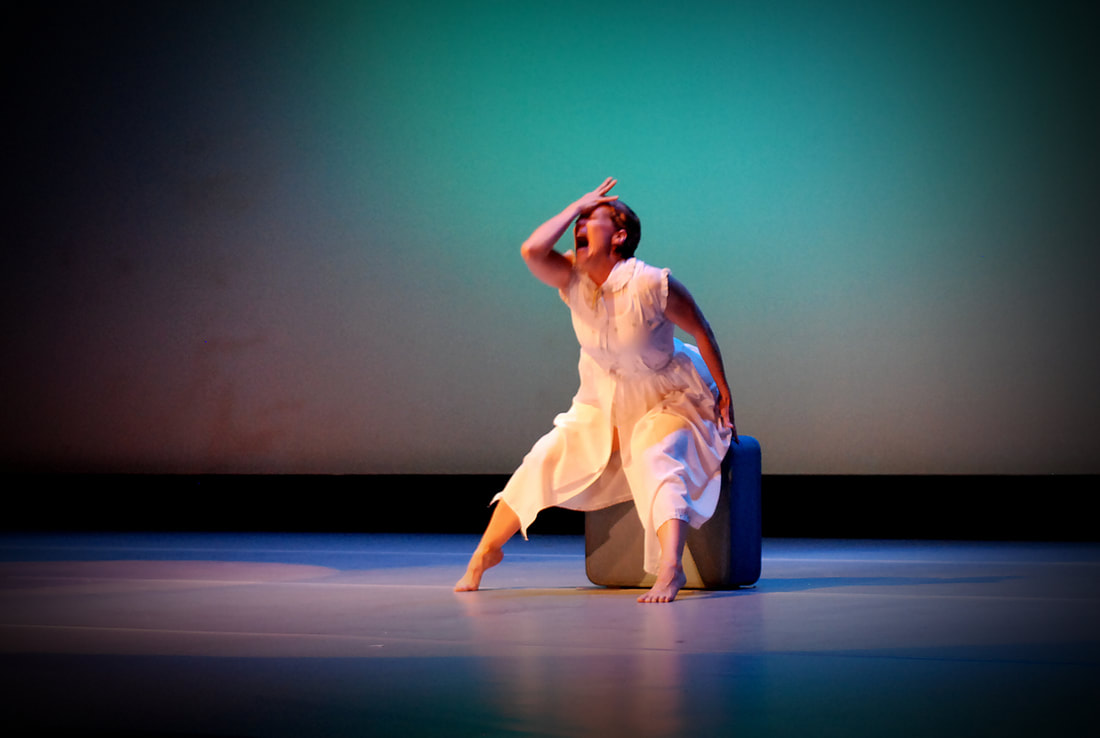
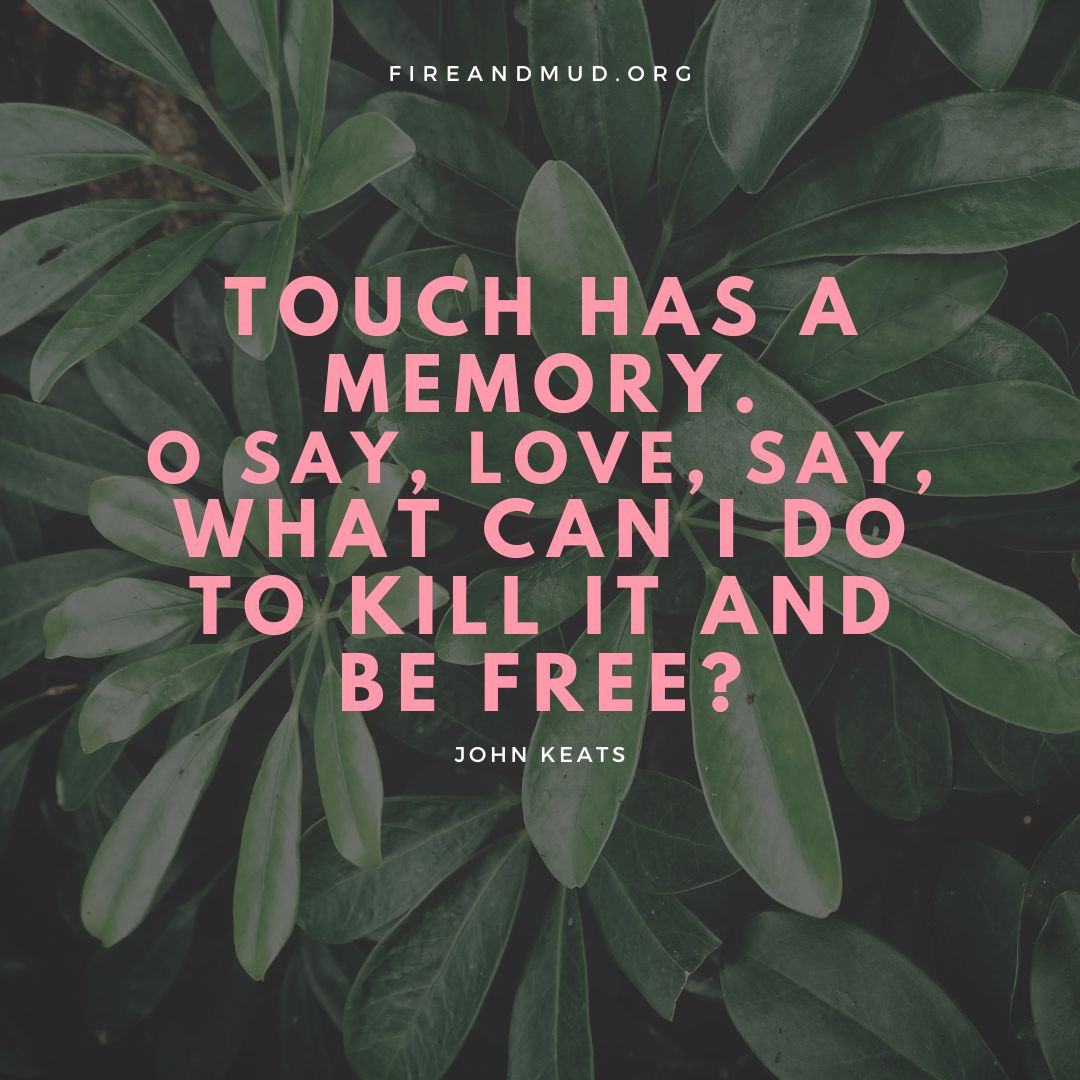
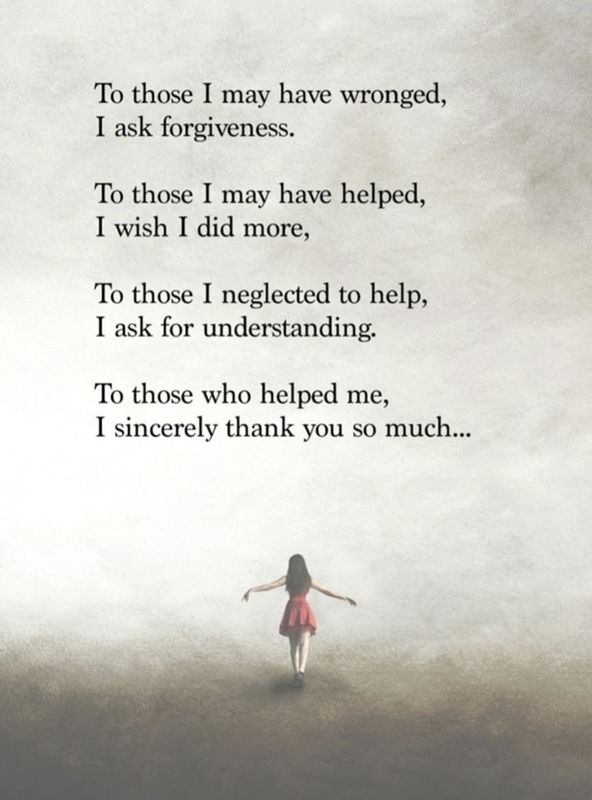
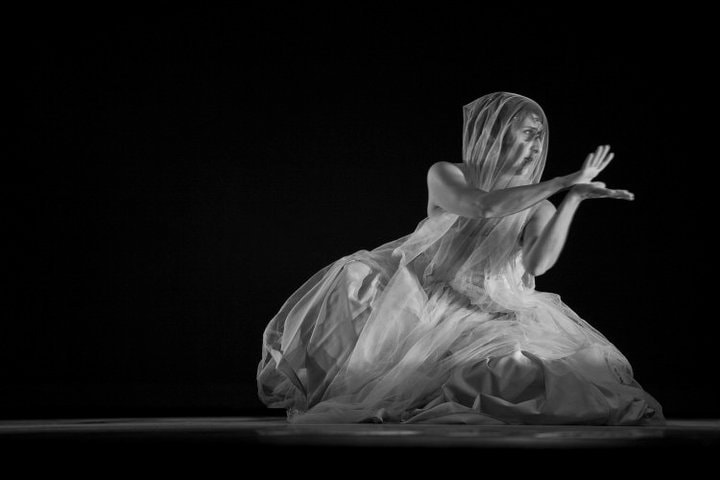
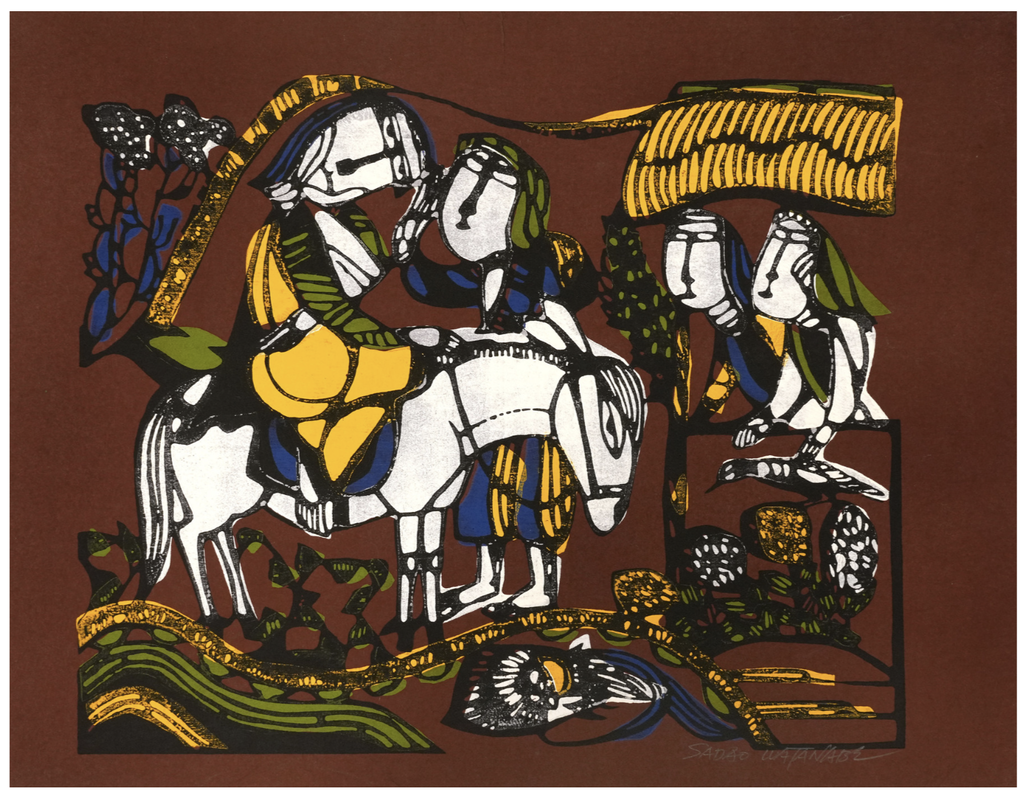
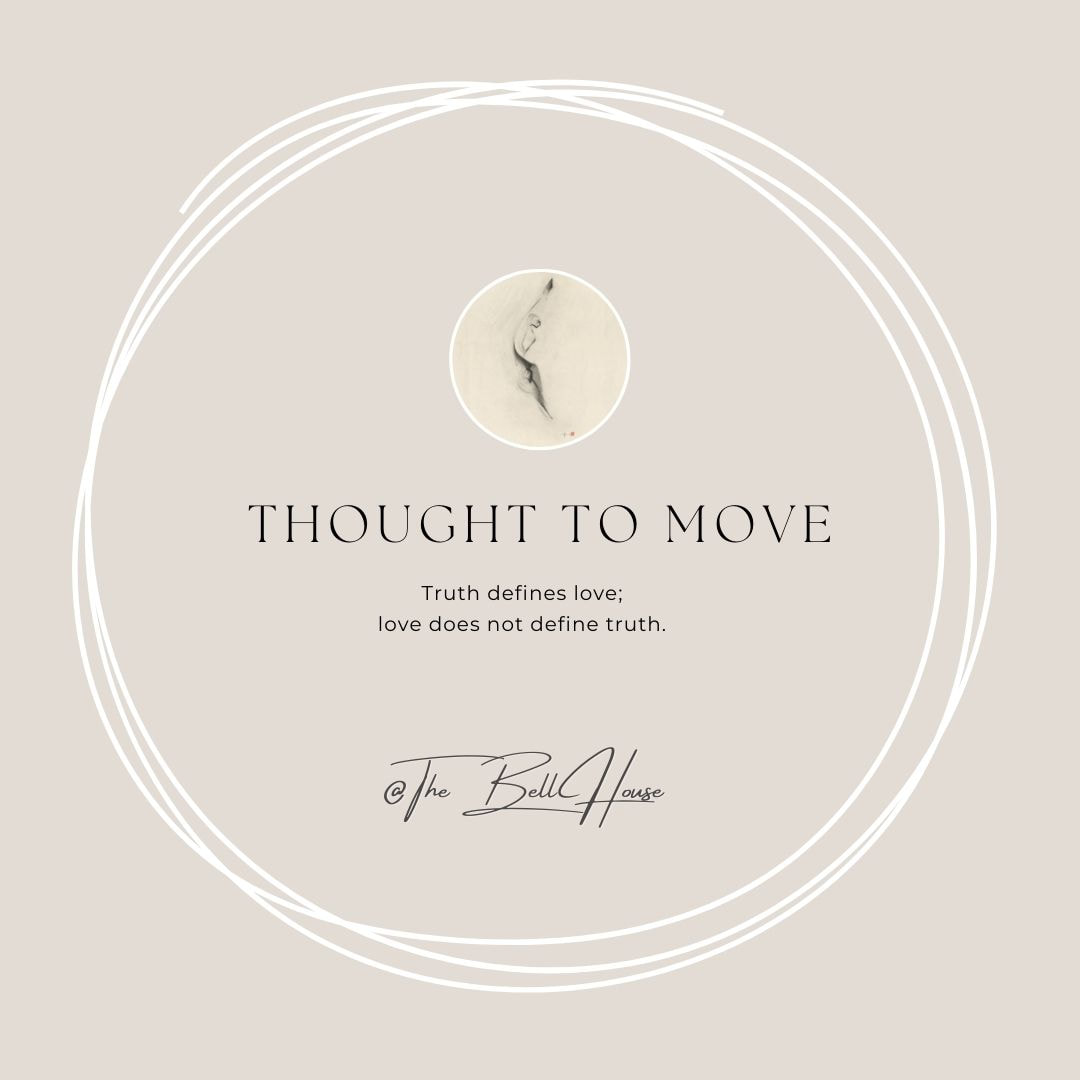

 RSS Feed
RSS Feed